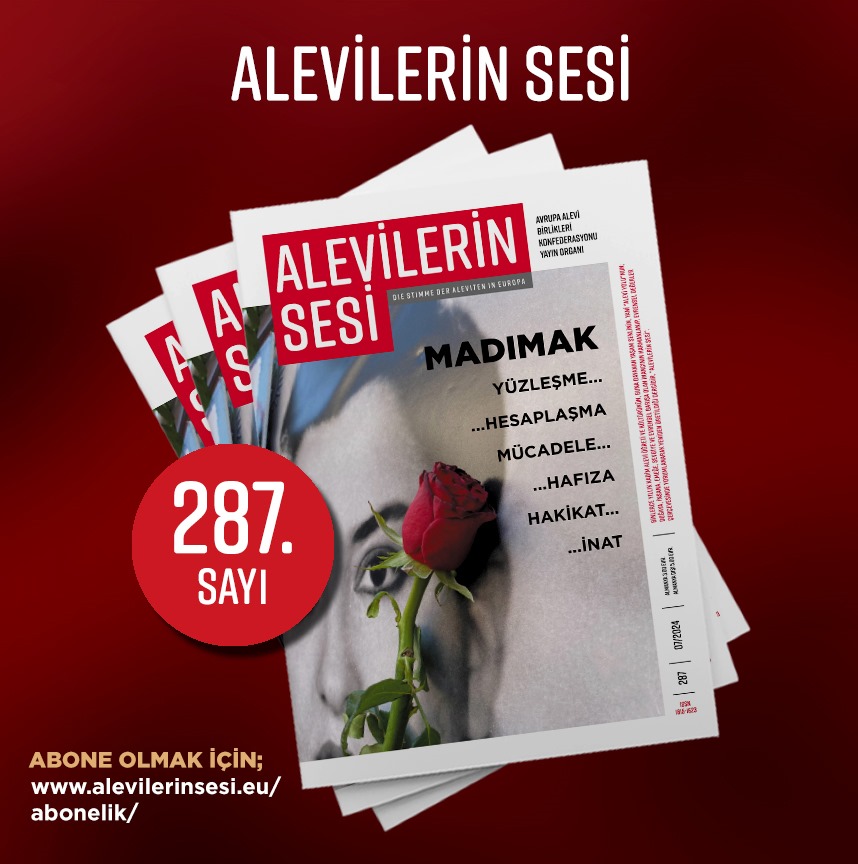Alevi Community Council, under the leadership of Alevi Federation of Australia, has produced a large-scale mosaic panel on the front wall of its Hallac-ı Mansur Cemevi (a cultural, social and faith centre) in memory of its members who migrated from Turkey to Australia since late 1960s. Mosaic form was chosen as the technique for this work of art as a reference to the multicultural nature of the Australian community. A book, covering the principles of Alevism, was also produced alongside the Mosaic Project.
This large mosaic panel, 6 m. by 2.4 m. in size, is aiming to reflect the important elements of Alevi faith through the depiction of semah routine, performed during Cem Ceremony, which is considered as the main form of worship in Alevi faith. Symbols of the faith such as the sun, cranes and saz accompany the figures of men and women dressed in colourful clothing from different parts of Anatolia.
The mosaic panel was designed by an artist couple who migrated to Australia from Turkey, Hacer and EnverÇamdal. HacerÇamdal said that during the preparation stage of the design, when she was researching the Alevi faith ‘’ I came across the steps, doors and keys of an inner journey that became more difficult as I progressed, as if I was walking through a bridge over an abyss that deepened as the bridge narrowed almost to a strand of hair.’’.
A book was also prepared within the framework of the Project, organised by the Alevi Federation of Australia, the umbrella organization of Alevis living in Australia. The book, dedicated to the memory of the individuals who have contributed to the community, covers the main elements of this ancient belief. It outlines the Alevi philosophy, the rules of the Alevi faith, its important days, rituals and ceremonies. Alevi lifestyle, and Alevi symbols are also explained.
Sultan Çınar, the project manager of the Mosaic Art Project, says that with this resource book to be sent to libraries around the country, they aim to introduce the Alevi philosophy to the Australian community, as a way of becoming a visible part of the Australian cultural mosaic.
Australian Alevi Community
Turkish Alevis began to migrate to Australia in the late 1960s for a better economic and social future. Alevis come from different ethnic origins such as Turkish, Kurdish, Zaza, Albanian, Macedonian, Arabic, and Bosnian. They live in different cities around the country, but they are mainly concentrated in Melbourne and Sydney.
For more information, please contact Sultan Çınar at 0469 606 342, or by email to sultancinar@hotmail.com


